The Art of Silence: Exploring the Power of Wordless Moments in Anime
Published on 10/14/2024
In the vibrant, often frenetic world of anime, silence can be a revolutionary act. While the medium is celebrated for its dynamic action sequences and emotive voice acting, some of its most powerful moments occur when dialogue ceases and animation alone carries the narrative weight. This article delves into the masterful use of silence in anime, examining how the absence of words can create unforgettable scenes that resonate deeply with viewers.
The Power of Pillow Shots
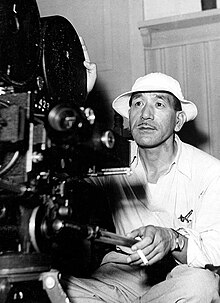 Yasujirō Ozu, the legendary Japanese filmmaker, popularized the concept of "pillow shots" - seemingly unrelated cutaway scenes that serve as visual poetry between narrative beats. Anime has embraced this technique, using wordless interludes to establish mood, provide psychological insight, or simply allow viewers a moment of reflection.
Yasujirō Ozu, the legendary Japanese filmmaker, popularized the concept of "pillow shots" - seemingly unrelated cutaway scenes that serve as visual poetry between narrative beats. Anime has embraced this technique, using wordless interludes to establish mood, provide psychological insight, or simply allow viewers a moment of reflection.
Case Study: "5 Centimeters per Second" (2007)
Director Makoto Shinkai is renowned for his use of pillow shots. In "5 Centimeters per Second," long, silent scenes of cherry blossoms falling or trains passing through the countryside serve multiple purposes:
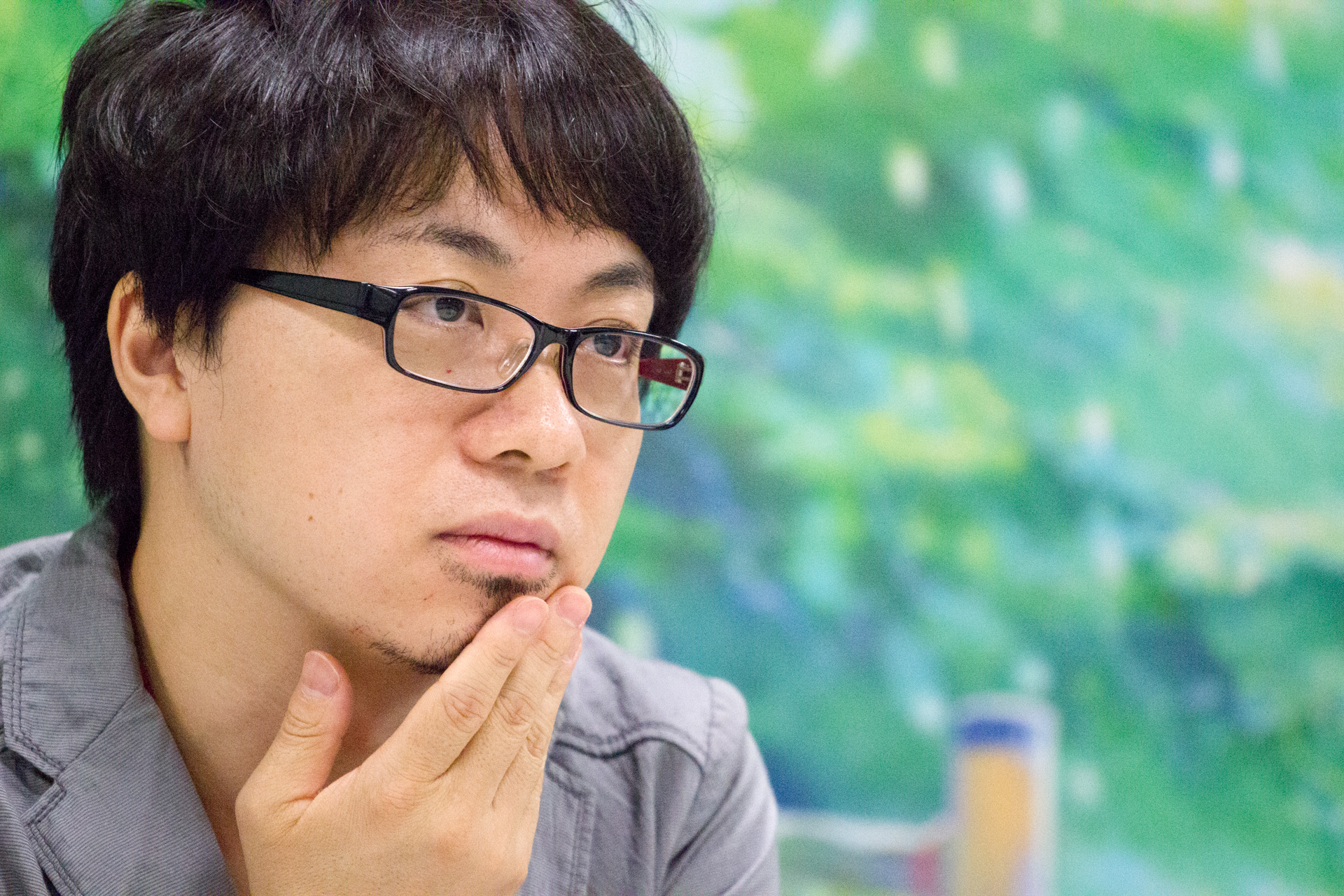
- Visual metaphor for the passing of time
- Reflection of characters' internal emotional states
- Creation of a melancholic atmosphere that permeates the film
These dialogue-free moments often convey more about the characters' feelings than words ever could.
Silence as Character Development
Some of the most profound character development in anime occurs without a single word being spoken. Facial expressions, body language, and character actions during silent scenes can reveal volumes about a character's growth or emotional state.
Case Study: "A Silent Voice" (2016)
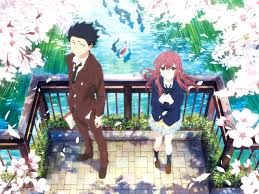 In Naoko Yamada's adaptation of "A Silent Voice," silence is both a thematic element and a storytelling tool. The film, which deals with themes of deafness and communication, uses extended wordless sequences to:
In Naoko Yamada's adaptation of "A Silent Voice," silence is both a thematic element and a storytelling tool. The film, which deals with themes of deafness and communication, uses extended wordless sequences to:
- Convey the isolation felt by the deaf character, Shoko
- Illustrate the protagonist Shoya's anxiety through distorted background noise and lack of dialogue
- Show the gradual breaking down of barriers between characters through shared silent moments
One particularly powerful scene shows Shoya and Shoko communicating through hand gestures and facial expressions in a Ferris wheel, demonstrating their growing connection without the need for spoken words.
The Tension of Silence
In action or horror anime, silence can be weaponized to build tension and create a sense of unease. The absence of sound, or the use of minimal ambient noise, can make viewers acutely aware of every small movement or detail.
Case Study: "Attack on Titan" (2013-2023)
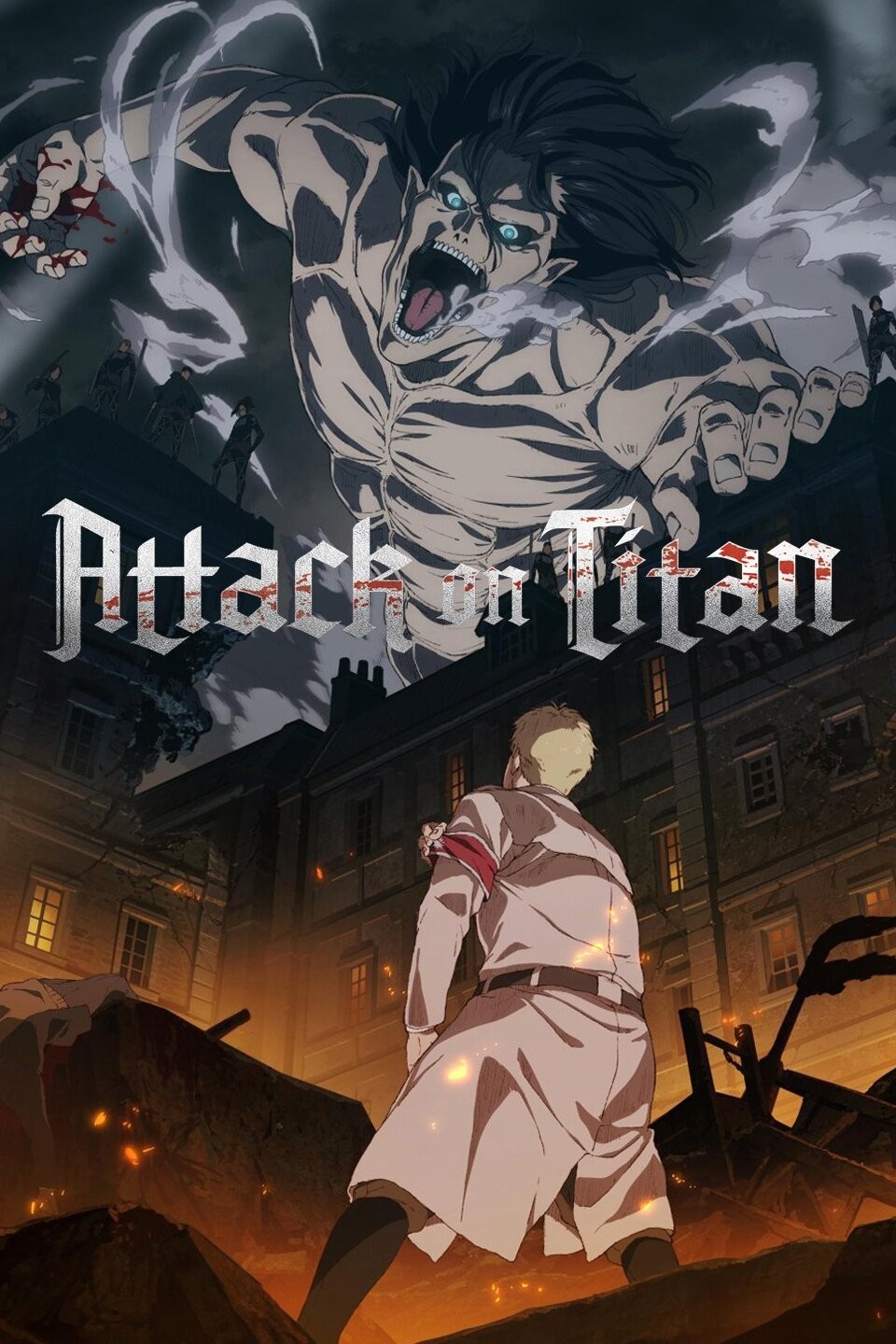 Despite its reputation for intense action, "Attack on Titan" uses silence masterfully to build suspense. Scenes of the Survey Corps moving through silent, abandoned towns create a palpable sense of dread. The contrast between these quiet moments and the chaos of Titan attacks amplifies the impact of both.
Despite its reputation for intense action, "Attack on Titan" uses silence masterfully to build suspense. Scenes of the Survey Corps moving through silent, abandoned towns create a palpable sense of dread. The contrast between these quiet moments and the chaos of Titan attacks amplifies the impact of both.
Silence as Negative Space
In visual art, negative space - the area around and between subjects - is crucial for composition. In anime, silence can function as auditory negative space, giving weight and impact to the sounds and dialogue that surround it.
Case Study: "Mushishi" (2005-2006, 2014-2015)
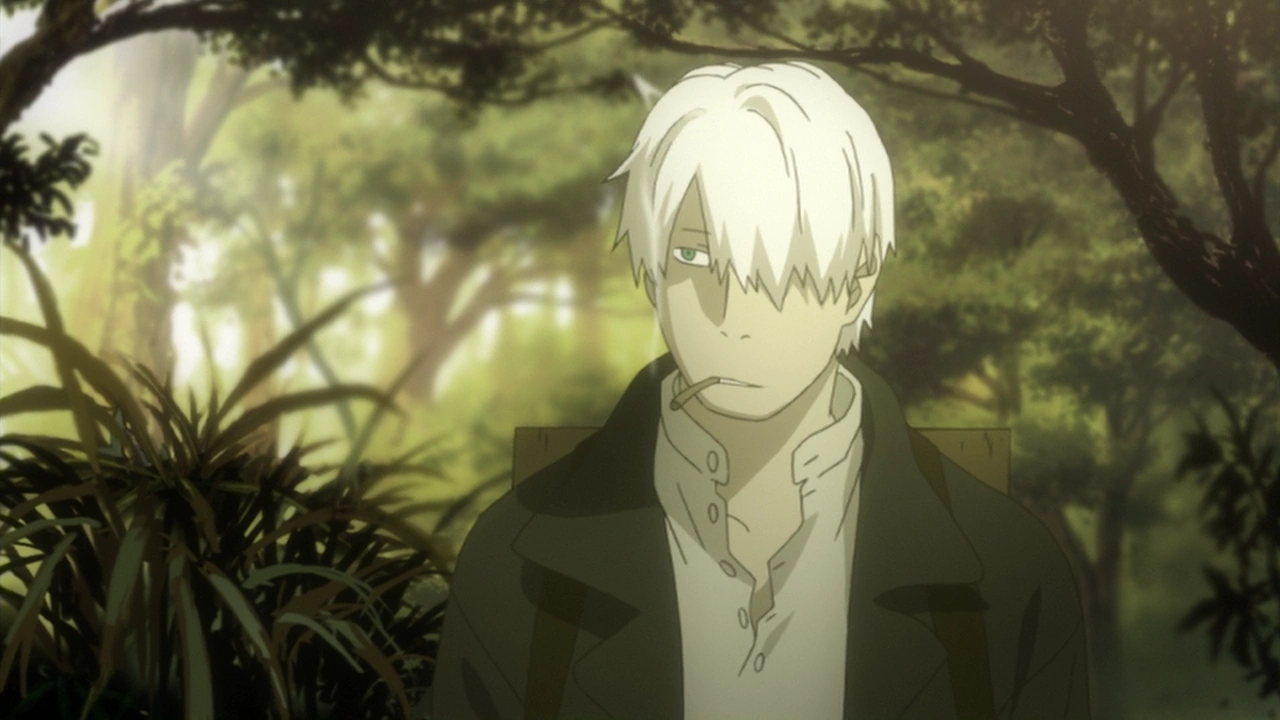 "Mushishi" is renowned for its contemplative pacing and use of silence. The anime frequently employs long, quiet scenes of nature or characters in thought. This silence serves to:
"Mushishi" is renowned for its contemplative pacing and use of silence. The anime frequently employs long, quiet scenes of nature or characters in thought. This silence serves to:
- Emphasize the supernatural elements when they occur
- Create a meditative atmosphere that reflects the show's themes
- Allow viewers to absorb the complex concepts presented in each episode
Silence in Action
Counterintuitively, some of anime's most dynamic action scenes are enhanced by moments of silence. By removing dialogue and even sound effects, animators can focus viewers' attention entirely on the visual spectacle.
Case Study: "Sword of the Stranger" (2007)
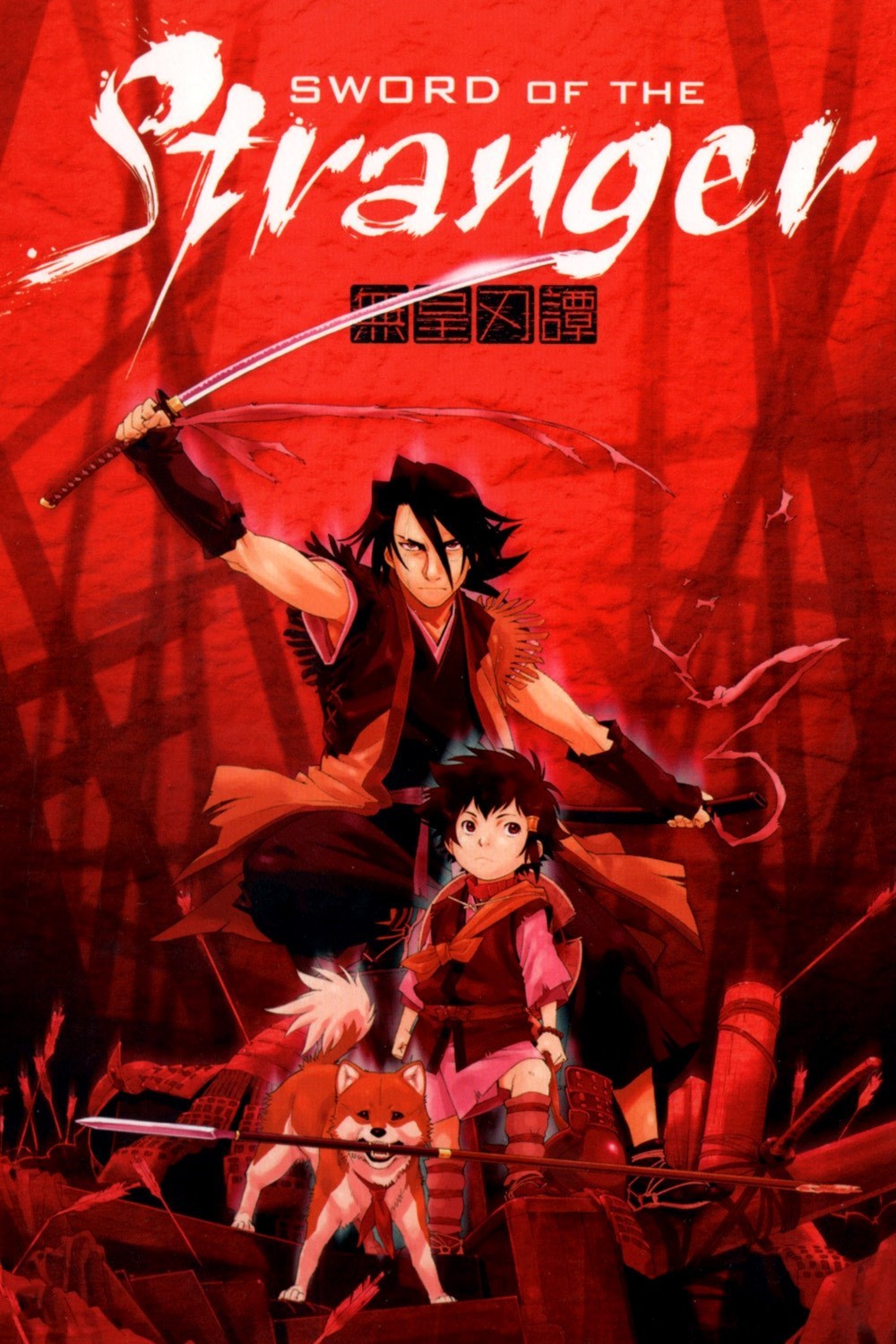 The climactic battle in "Sword of the Stranger" is a masterclass in wordless action. For nearly four minutes, the only sounds are clashing swords and footsteps. This approach:
The climactic battle in "Sword of the Stranger" is a masterclass in wordless action. For nearly four minutes, the only sounds are clashing swords and footsteps. This approach:
- Heightens the tension of the fight
- Allows viewers to focus on the intricate animation and choreography
- Emphasizes the physical and emotional intensity of the confrontation
The Musicality of Silence
In anime with prominent musical elements, silence can be used as a powerful counterpoint, making the musical moments more impactful.
Case Study: "Your Lie in April" (2014-2015)
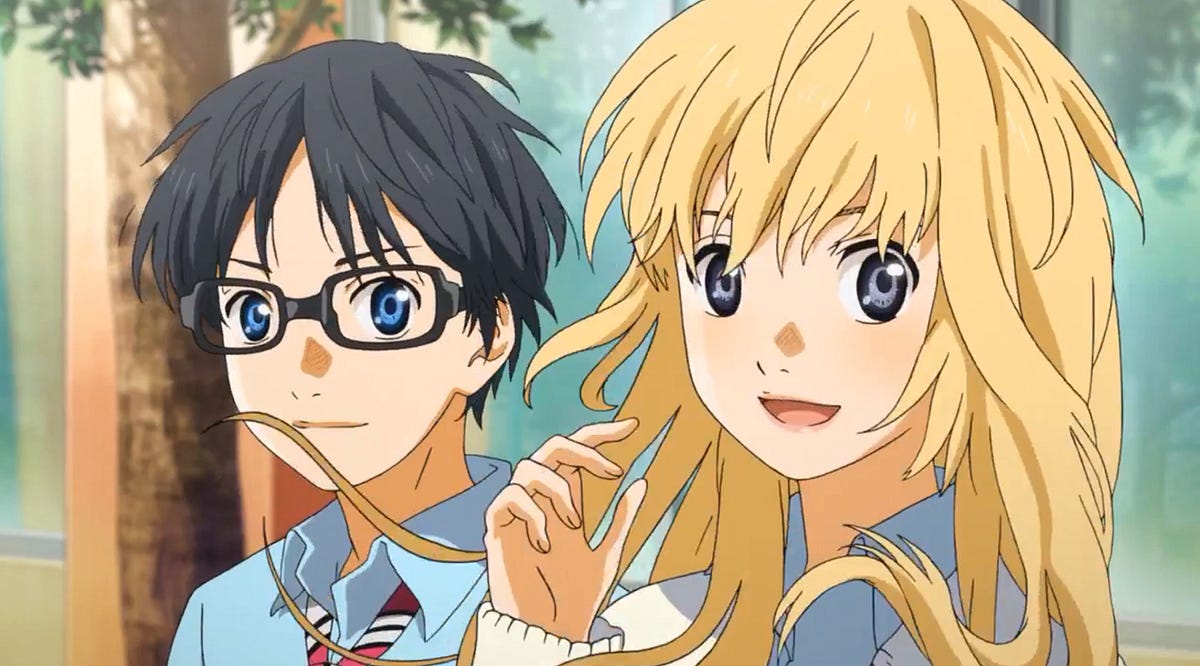 This series about young classical musicians uses silence to great effect, particularly in performance scenes. Moments of silence:
This series about young classical musicians uses silence to great effect, particularly in performance scenes. Moments of silence:
- Build anticipation before a piece begins
- Represent a character's loss of focus or emotional turmoil during a performance
- Allow viewers to reflect on the emotional impact of the music
Technical Aspects of Animated Silence
Creating impactful silent scenes in anime requires great skill from the entire production team:
- Animators must convey emotion and action without the crutch of dialogue
- Background artists need to create environments that can hold viewers' attention
- Directors must pace these scenes carefully to maintain engagement without dialogue
- Sound designers often create subtle ambient sounds to prevent total silence, which can be jarring
Cultural Considerations
The effective use of silence in anime reflects broader aspects of Japanese communication culture:
- The concept of "ma" (間) - the meaningful space between things
- Nonverbal communication as a significant part of Japanese social interaction
- The aesthetic principle of "yūgen" (幽玄) - profound, mysterious sense of the universe
Understanding these cultural elements can deepen appreciation for the use of silence in anime.
Conclusion: The Eloquence of Silence
In a medium often characterized by visual excess and rapid-fire dialogue, the strategic use of silence stands out as a powerful storytelling tool. These wordless moments allow for deeper emotional resonance, heightened tension, and space for viewer interpretation. They remind us that in anime, as in life, what's left unsaid can be just as important as what's spoken aloud.
As viewers and critics, learning to appreciate these silent moments can enrich our understanding and enjoyment of anime as an art form. In the gaps between words, in the held breath between actions, we often find the heart of the story.